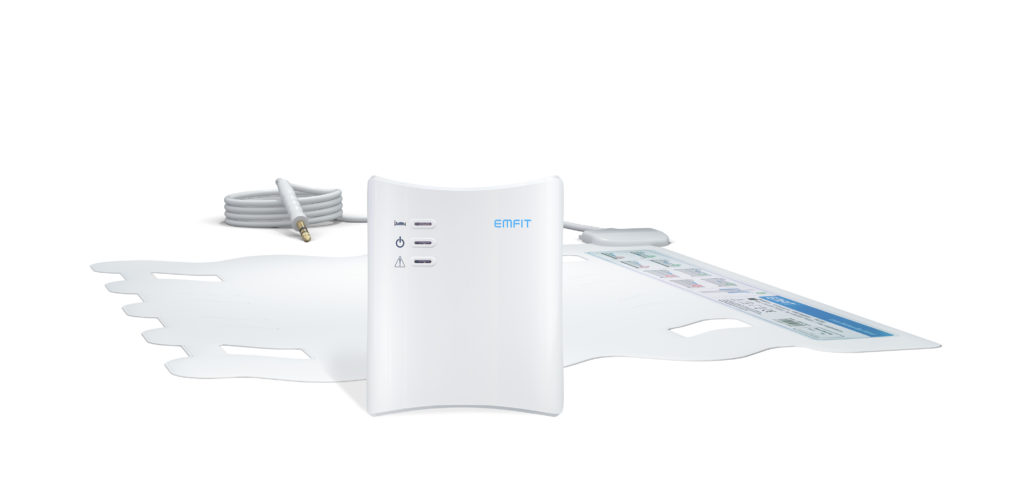
I’m sure that many of you have an awareness of epilepsy as a condition, either through seeing it depicted in media, knowing someone with epilepsy or even having epilepsy yourself. Over 250,000 Australians are believed to be living with epilepsy, with the condition most common in the early and later stages of life.
For those who have only a general awareness of epilepsy, it’s important to know that epilepsy and seizures come in many forms. Seizures themselves do not necessarily indicate epilepsy, however if anyone you know does experience a seizure for the first time, they should seek medical diagnosis immediately to determine the cause.
According to Epilepsy Australia, epilepsy is a disorder of brain function that takes the form of recurring convulsive or non-convulsive seizures. It is related to excessive electrochemical activity in the brain; however there is still a degree of the unknown regarding specific causes. Triggers for seizures are highly individualised, although they can include diet, alcohol, illness, stress, lack of sleep, photosensitivity or temperature.

People with epilepsy will usually have one or two seizure types, perhaps once or several times per day, however in rare and severe cases someone may have several kinds of seizures throughout the day. Seizures can be convulsive or non-convulsive, and may or may not result in a loss of consciousness.
Absence seizures can be mistaken for inattentiveness, while focal dyscognitive seizures can affect awareness and responsiveness. Tonic clonic seizures are perhaps the most recognisable, but by no means the most common. A ‘tonic’ spasm refers to the stiffening of muscles, often resulting in a fall. ‘Clonic’ spasms refer to the rapid contraction of muscles, seen as twitching or jerking of limbs. Seizures can also present as versions of this, either not resulting in a fall or without clonic spasms.
If you do recognise that a person is experiencing any form of tonic clonic seizure, the best thing to do is remain calm, remove any objects you can from the area, and gently roll them onto their side when possible. You shouldn’t attempt to restrain a person or force anything into their mouth. Do also keep an eye on the length of the seizure; if it lasts more than five minutes, or if the person experiences multiple seizures, an ambulance should be called. Further information on first aid is available from St John Ambulance.
Most people living with epilepsy can control their seizures with antiepileptic medication, and recognition and avoidance of their specific triggers. Advances in treatment are continuing, with trials currently underway testing the effectiveness of medical cannabis in managing the frequency and severity of seizures. With effective management and support, people with epilepsy can live a full and rewarding life.
Of course, management of epilepsy depends on the individual and their specific diagnosis. Thankfully there are a range of assistive technology and services available to help support people living with epilepsy, as well as their loved ones and carers.

Sleep can be a particularly dangerous time for people with epilepsy. Unobtrusive bed sensors can monitor various vital signs including heart rate and breathing patterns, and recognise irregular movements, triggering an alarm either linked to a 24/7 monitoring centre or a local audible alarm to notify an onsite carer.
Medical alarms, linked with a fall detector pendant, can help raise alerts for people who experience tonic and atonic seizures. Should a seizure occur which results in a drop or fall, the pendant will automatically trigger, sending an alert from the medical alarm to a 24/7 monitoring centre. The care consultant can speak with the individual through the alarm to assess the situation and arrange help if needed. If no contact can be made with the individual the consultant will assume that help is needed and arrange for an emergency responder or ambulance (depending on an individual’s care plan).

These assistive technologies can help give people living with epilepsy the confidence to live independently, or give carers the reassurance that help will be at hand when it is needed.
5